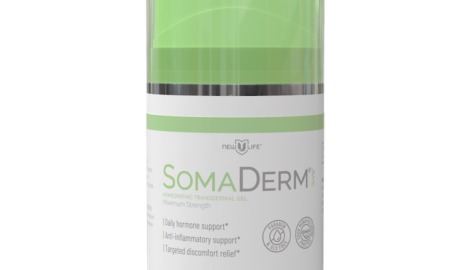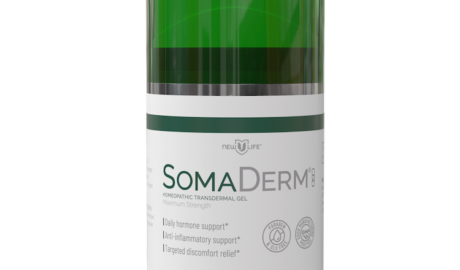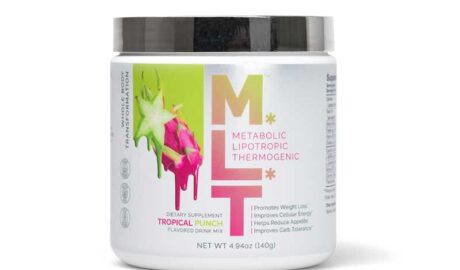Nearly 8% of Americans have asthma. Given that there’s no cure for the condition, it’s important that if you have it, you find ways to manage your breathing symptoms and limit your flare-ups in order to maintain as high a quality of life as possible.
Treatments for asthma include reliever inhalers, long-term inhalers, and pills—and in many cases, these are enough to keep the condition in check. But when a person’s asthma is severe or isn’t managed well by typical protocols, they may be a good candidate for pulmonary rehabilitation.
What is pulmonary rehab?
You might benefit from pulmonary rehab if your asthma disrupts your ability to perform daily activities, even while you’re taking asthma medications. Pulmonary rehab is a supervised intervention that helps people live—and even thrive—with chronic breathing-related conditions. Many assume that the program mostly involves exercises designed to strengthen the lungs. While physical activity is indeed generally involved, pulmonary rehab involves a range of other interventions, including education about respiratory diseases, stress management, psychological counseling, and nutrition coaching from a multidisciplinary team, says Dr. Seyedmohammad Pourshahid, medical director of pulmonary rehabilitation at Temple University Hospital-Main Campus, in Philadelphia.
That’s a lot to cover, so pulmonary rehab is usually conducted two to three times a week over eight to 12 weeks. It commonly takes place in person and in a group setting rather than virtually or via individual care, Pourshahid says.
Still, the plan is tailored to a specific patient’s diagnosis and needs. “Somebody with asthma might actually have a different program than someone who doesn’t have asthma,” but instead has another respiratory condition like chronic obstructive pulmonary disease (COPD), says Dr. Michelle M. Freemer, program director of the division of lung diseases at the National Heart, Lung, and Blood Institute.
Read More: How Complementary Medicine Can Help People With Asthma
When you’re just starting out with pulmonary rehab, you’ll share a thorough health history with a nurse, during which you’ll discuss medications, supplemental oxygen use, any other health conditions you have, your exercise habits, and more, says Katrina A. Roux-Bernstein, a certified registered nurse practitioner in pulmonology at the University of Maryland Baltimore Washington Medical Center. The nurse will work with the patient to set up a convenient schedule for rehab over the next several months.
Over the course of the program, youll have factors like your pulse oximetry, heart rate, and blood pressure monitored so your health care team can see what improvements have been made by the end of rehab, Roux-Bernstein says.
One additional measurement is a six-minute walking test. Early on in pulmonary rehab, you’ll walk as far as you can in six minutes to see how your lungs and heart respond to the exertion. At the end of the program, the goal is to be able to walk farther in those same six minutes with a gradual increase in heart rate rather than a dramatic spike, Roux-Bernstein says.
How does pulmonary rehab help with asthma?
While larger and more robust research is needed, a 2021 review of existing studies on pulmonary rehab for adults with asthma found it generally improves quality of life, increases the ability to exercise, and eases some breathing problems. A 2023 review found a need for more asthma-specific research on pulmonary function outcomes like oxygen uptake, asthma symptom control, and asthma exacerbations (also called flare-ups or asthma attacks).
That said, the quality-of-life improvements seen with pulmonary rehab for people with asthma are robust. For example, pulmonary rehab can be encouraging for people with exercise-induced asthma. Throughout the program, these patients can work out while being monitored to see if the steps they take before exercise to prevent symptoms actually help, Freemer says. Plus, they have the emotional safety net that they can stop under a professional’s care if and when they need to.
“There’s the comfort of being observed, because you’ve got respiratory therapists, nurses, occupational therapists—you have all that support,” Roux-Bernstein says. “Pulmonary rehab has been shown to reduce that anxiety that comes with movement and [the fear of] having another exacerbation.”
Pulmonary rehab may be even more helpful for people with asthma who also have another breathing-related condition, Roux-Bernstein says. Someone with asthma may have been managing their symptoms well until getting Long COVID, for example, and now suddenly they’re short of breath after minimal effort, she says. Or perhaps someone has asthma and COPD, pulmonary hypertension, pulmonary fibrosis, or sarcoidosis. Pulmonary rehab can help restore some lung function and improve quality of life for people facing these or similar comorbidities, she says.
That’s at least in part because asthma can be a bit of a vicious cycle: The steroid medications commonly used for asthma treatment can lead to muscle loss over time, and muscle loss makes it harder to breathe, Pourshahid says. When a person is already having trouble breathing, they’re less likely to exercise, which reduces their general physical fitness, makes them even more short of breath, and contributes to more muscle loss. Pulmonary rehab can help break that cycle by building muscle, improving cardiovascular endurance, and educating the patient on dietary choices that support muscle growth, he adds.
Mental health improves too
Living with a chronic diagnosis like asthma is associated with higher rates of anxiety and depression, which can in turn trigger more exacerbations of asthma symptoms, Pourshahid says. But if you aren’t feeling your best mentally and are worried about having an asthma attack while out in public, you might be inclined to isolate and not engage with your community, furthering your risk for mental health consequences and a generally lower quality of life, he says.
Pulmonary rehab may function as a comforting, welcoming space where those worries can be lifted—at least temporarily. For example, “you’re able to bring your oxygen and not feel looked at because everybody’s got their oxygen with them, too,” Roux-Bernstein says.
A pulmonary rehab program typically teaches patients mindfulness, breathing techniques, stress reduction, and other coping mechanisms that can help them better manage both physical and mental symptoms. “People learn to see how they can live a life where they’re still able to go for the goals that they have and activities that they would like [to try]” despite breathing difficulties, Pourshahid says.
There’s a built-in community in pulmonary rehab, too, which helps fight the desire to isolate. “I hear from a lot of my patients that when they graduate [from pulmonary rehab] they exchange numbers with their friends. They are not in the same program anymore, but it still is a community,” Pourshahid says.
And adopting mindfulness techniques can help in the moment of asthma flares, as well. Getting short of breath often brings on anxiety that causes some people to start to hyperventilate. Pulmonary rehab teaches you how to deal with this kind of situation before it escalates into a full-blown asthma attack, and gives you the tools to use outside of the program when such a scenario arises.
“The whole idea is basically trying to equip and empower the patients who have this chronic respiratory disease with some useful techniques and skills,” Pourshahid says. “In a way, pulmonary rehab is more like a school than a few gym sessions.”
For all of its effectiveness, pulmonary rehab does have a couple of small downsides. The biggest may be the time commitment: A patient has to have the availability to go to sessions every week. “Pulmonary rehab takes time and effort,” Freemer says. “It’s not the same as: ‘Here’s the medication, take the pill or use your inhaler,’ and it’s over.”
And just by the nature of the program, which includes physical activity, it’s possible you could suffer a minor injury. But Pourshahid sees these risks as no greater than the risk of any daily activity.





